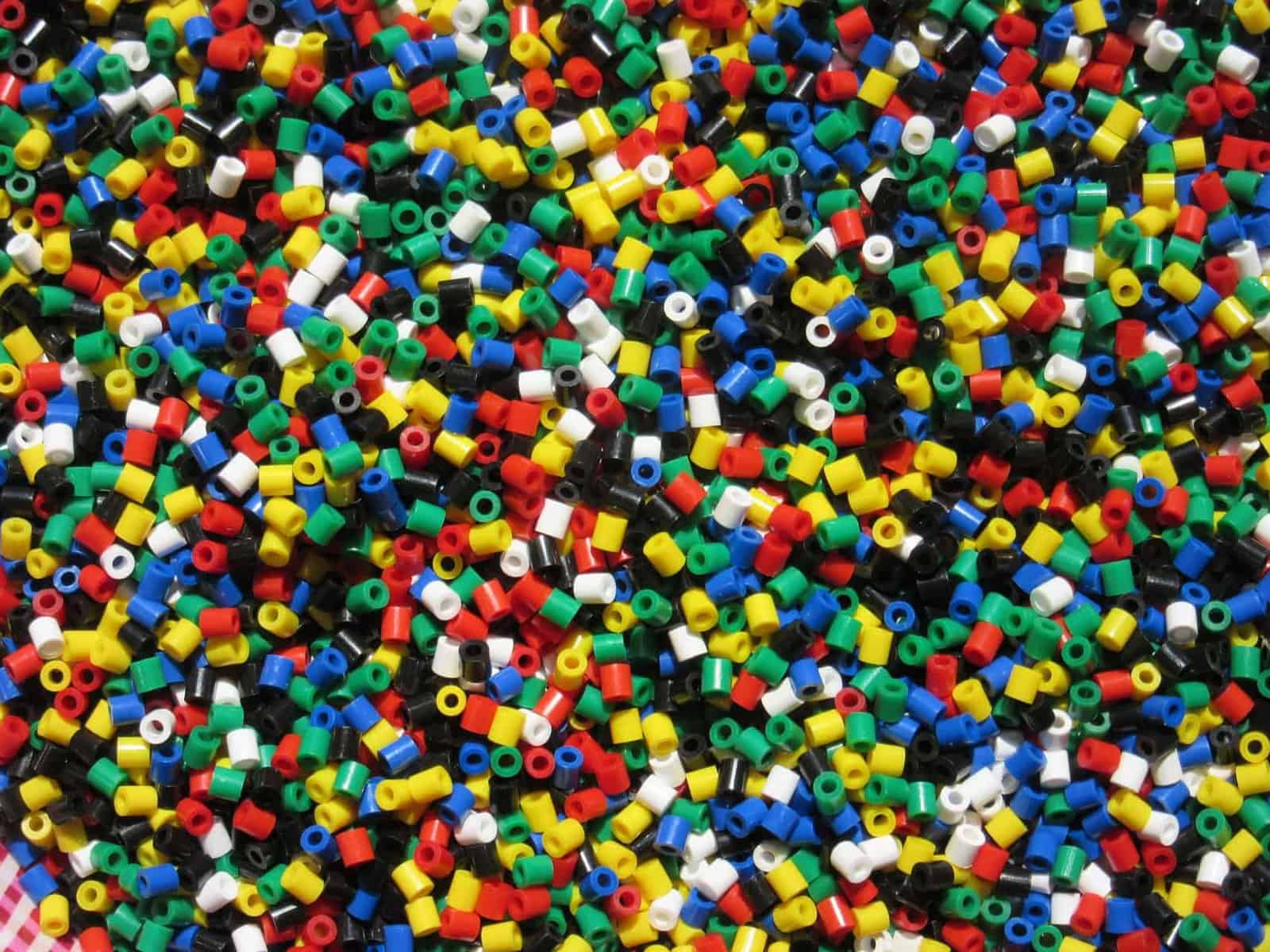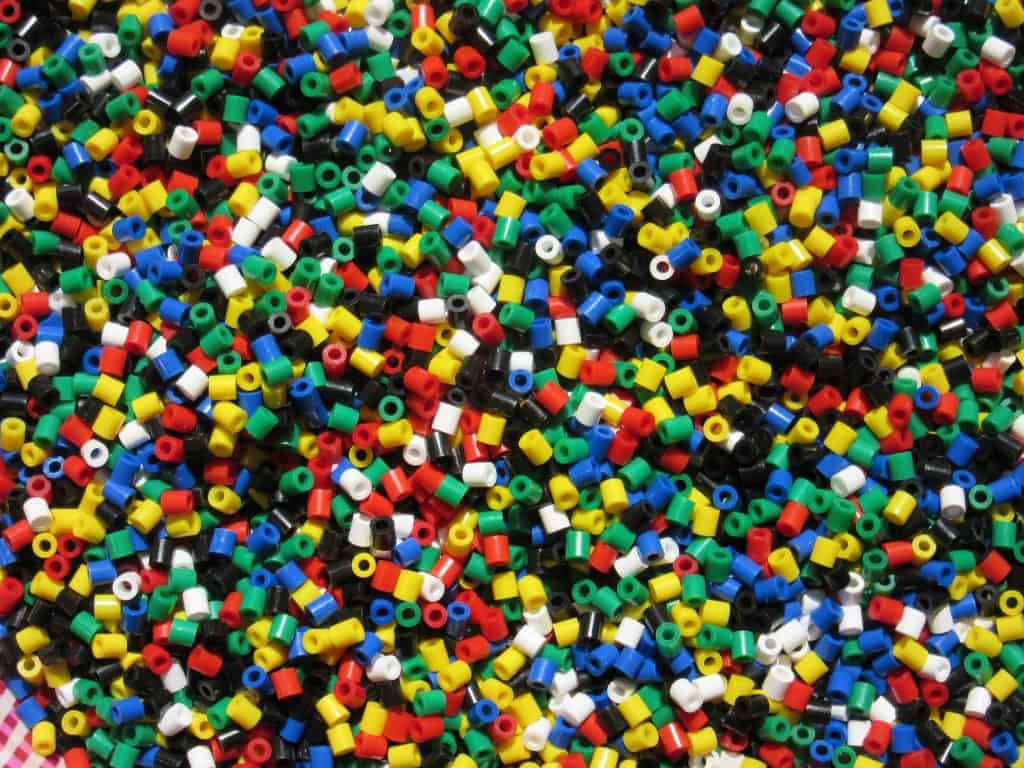Plastic is used for a variety of different reasons and has become entwined into our everyday lives. Plastic means pliable and easily shaped, and it has until recently become a name for a category of materials called polymers.
Polymer means “of many parts,” and polymers are made of long chains of molecules. Cellulose, the material that makes up the cell walls of plants, is a very common natural polymer.
Over the last century or so, we have learnt how to make synthetic polymers, whilst sometimes using natural substances like cellulose. However, carbon atoms provided by petroleum and other fossil fuels are often used. Synthetic polymers are made up of long chains of atoms, arranged in repeating units, often much longer than those found in nature. It is the length of these chains, and the patterns in which they are arranged, that make polymers strong, lightweight, and flexible.
It is these properties which make synthetic polymers incredibly useful, and because we have learnt to manipulate them, polymers have become an essential part of our lives. Over the last 50 years’ plastics have changed our world and the way we live.
The First Synthetic Plastic
In 1869, John Wesley Hyatt was inspired by a New York firm’s offer of $10,000 to create a substitute for ivory. The growing popularity of billiards put a strain on the supply of natural ivory, which was obtained through the slaughter of wild elephants. By treating cellulose, derived from cotton fibre, with camphor, Hyatt discovered a plastic that could be crafted into numerous shapes and made to replicate natural substances like tortoiseshell, horn and ivory.
This discovery was revolutionary, and for the first time, human manufacturing was not controlled by the limits of nature. At the time, nature only supplied wool wood, metals, bone and horn, but now humans could create new materials. This breaking development not only helped people but also the environment. Celluloid was praised and was the saviour of the elephant and the tortoise.
Development
In 1907 Leo Baekeland invented Bakelite, which was the first fully synthetic plastic, meaning it contained no molecules found in nature. Baekeland had been searching for a synthetic substitute for shellac, a natural electrical insulator. Bakelite was not only a good insulator; it was also durable, heat resistant, and, unlike celluloid, ideally suited for mechanical mass production.
It was marketed as “the material of a thousand uses,” as Bakelite could be shaped or moulded into almost anything.
Hyatt’s and Baekeland’s successes led major chemical companies to invest in the research and development of new polymers, and new plastics soon joined celluloid and Bakelite.
Shrink Wrap
Plastic shrink wrap is the lay term for polyolefin and is designed to expand when heated to lower relative temperatures. It keeps its nonporous and odourless properties when cooled or heated, making it popular in the food packaging industry. Polyolefin shrink wrap is also used to wrap electronics and compact discs since it keeps the electronics relatively free of dust, static, and moisture. Additionally, it also helps prevent microbes that allow fungus or mould to grow from encounters with the protected material.
Despite the growing concern that plastic has a negative impact on our environment, plastic is actually critical to modern life. Plastics have helped to develop computers, mobile phones and even helped to develop some of the advances in modern medicine.



